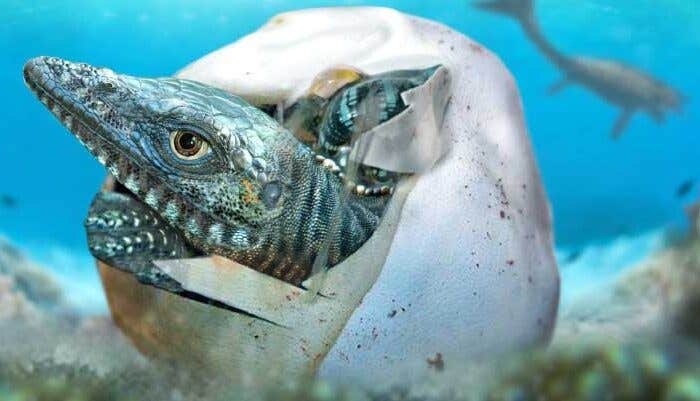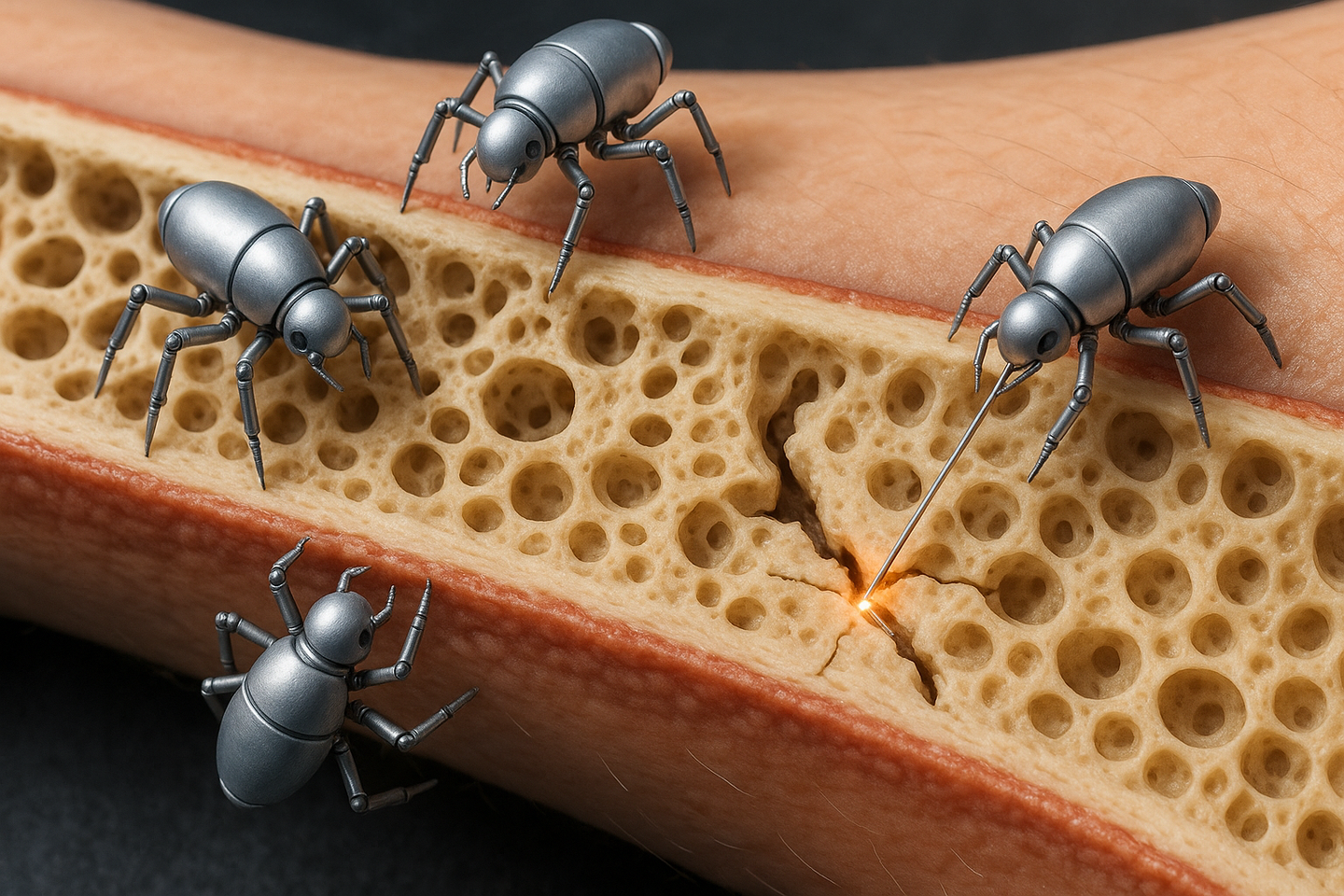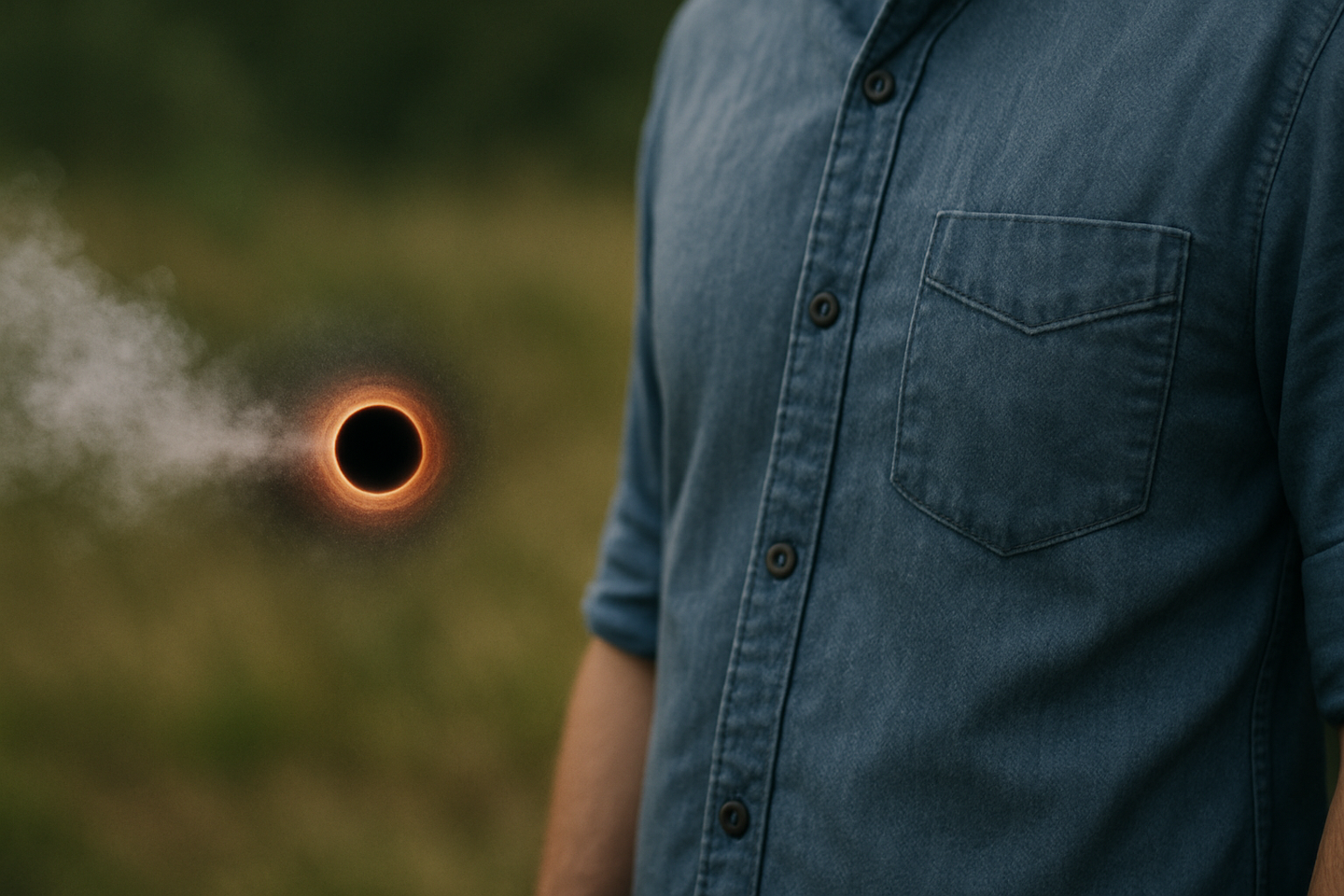Rare Antarctic fossil discovery has rocked scientific understanding of ancient marine reptiles
Buried beneath 68 million years of sediment, a soft-shelled egg as big as a football has emerged as a record-breaker.

A football-sized fossil egg found in Antarctica reshapes our understanding of ancient marine reptiles and their reproduction. (CREDIT: Francisco Hueichaleo)
A rare fossil discovery in Antarctica has upended scientific understanding of ancient marine reptiles. Buried beneath 68 million years of sediment, a soft-shelled egg as big as a football has emerged as a record-breaker. It’s the largest egg of its kind ever found—and only the second-largest egg of any animal in Earth’s history.
The egg, named Antarcticoolithus bradyi, first came to light in 2011. A Chilean research team unearthed it near the remains of a massive marine reptile, Kaikaifilu hervei. For years, the strange object left experts baffled, refusing to fit into any known category of fossilized egg.
Roughly 11 inches long and 8 inches wide, it rivals only the egg of the extinct Madagascan elephant bird in size. Yet its soft, smooth surface made it unlike anything seen before. Its wrinkled, deflated appearance led researchers to nickname it “The Thing,” after the iconic Antarctic sci-fi film.
Julia Clarke, a vertebrate paleontologist at the University of Texas at Austin, helped decode the mystery. Her team determined the egg’s unique features marked it as something truly groundbreaking. “There’s no known egg like this,” Clarke said. “It is exceptional in both size and structure.”
What made it so puzzling was its paper-thin shell. Unlike the thick, porous shells of most dinosaur eggs, this one more closely resembled those of modern snakes or lizards. Its structure suggested the mother likely laid it in the water, allowing it to hatch in a marine environment.
That detail forced scientists to reconsider assumptions about how ancient marine reptiles reproduced. Previously, many believed these giants gave live birth, like some modern sea creatures. But A. bradyi shows that soft-shelled eggs might have been a key part of their life cycle.
“It is from an animal the size of a large dinosaur, but it is completely unlike a dinosaur egg,” said Lucas Legendre, the study’s lead researcher and a postdoctoral fellow at UT Austin. The fossil opens a new window into the evolution of reptile reproduction, revealing a past more complex than previously imagined.
Related Stories
The Case for a Mosasaur Parent
While no embryonic remains were preserved within the egg, its proximity to K. hervei remains led researchers to suspect a mosasaur parent. Mosasaurs, aquatic reptiles related to modern lizards and snakes, dominated the oceans during the late Cretaceous period.
An analysis comparing the body sizes and eggs of 259 modern reptiles suggested that the mother of A. bradyi was at least 23 feet long, excluding the tail. This aligns with the size of K. hervei, whose remains were found just 660 feet away. Moreover, the fossilized egg was discovered alongside remnants of baby mosasaurs and plesiosaurs, indicating the region may have been a nursery for marine reptiles.
The idea of mosasaurs laying eggs challenges the long-held belief that these creatures gave live birth. Clarke explained, "This discovery shows their reproductive mode may have been similar to some modern lizards and snakes, with a very thin eggshell from which the baby emerges almost immediately."
Soft-shelled eggs, like A. bradyi, rarely fossilize due to their delicate structure. However, their presence reveals much about the evolution of reproduction among reptiles and dinosaurs. A related study published alongside the A. bradyi findings suggested that early dinosaur eggs were also soft-shelled.
Paleobiologist Darla Zelenitsky, an expert on fossilized eggs, called the findings “pretty spectacular.” Her research uncovered soft-shelled dinosaur eggs from species like Protoceratops and Mussaurus, reinforcing the idea that soft-shelled eggs were more common in ancient species than previously thought.
For decades, scientists struggled to explain the scarcity of dinosaur eggs in the fossil record. Mark Norell, chair of the American Museum of Natural History’s paleontology division, noted, “The assumption has always been that the ancestral dinosaur egg was hard-shelled. These findings prove otherwise.”
How Were the Eggs Laid?
The method by which A. bradyi was laid remains a topic of debate. One hypothesis suggests that, like modern sea snakes, mosasaurs laid their eggs in the water, allowing them to hatch almost immediately. Alternatively, they might have deposited eggs on beaches, with hatchlings navigating to the ocean much like baby sea turtles.
However, the sheer size and weight of mosasaurs make this scenario unlikely. Clarke speculated, “We can’t exclude the idea that they shoved their tail end up on shore because nothing like this has ever been discovered.”
The implications of A. bradyi extend beyond mosasaurs. These findings emphasize the diversity of reptilian reproduction and the evolutionary transition from soft to hard-shelled eggs. Hard-shelled eggs likely evolved independently at least three times in dinosaurs, offering better protection and preserving embryonic development.
Matteo Fabbri, a study coauthor and researcher at Yale University, explained, “From an evolutionary perspective, this makes much more sense than previous hypotheses. Up to this point, people just got stuck using modern crocodiles and birds to understand dinosaurs.”
The fossilized egg also reinforces the importance of Antarctica as a paleontological treasure trove. Its preservation in such a harsh environment underscores the region's potential for future discoveries. Legendre expressed hope, saying, “We are currently expanding our dataset to better understand the evolution of reptilian eggs as a whole.”
A New Chapter in Paleontology
The A. bradyi discovery not only challenges established theories about marine reptile reproduction but also adds to the growing body of evidence that ancient eggs were more diverse in structure and function than previously believed. Researchers aim to return to Antarctica to unearth more fossils and refine their understanding of ancient ecosystems.
Clarke summed up the significance of the find: “These fossils really change our thinking about the lifestyles of extinct animals.”
Note: Materials provided above by The Brighter Side of News. Content may be edited for style and length.
Like these kind of feel good stories? Get The Brighter Side of News' newsletter.



